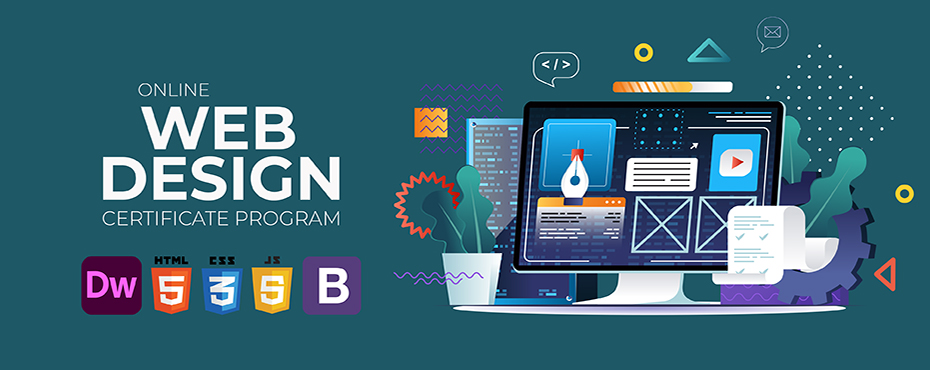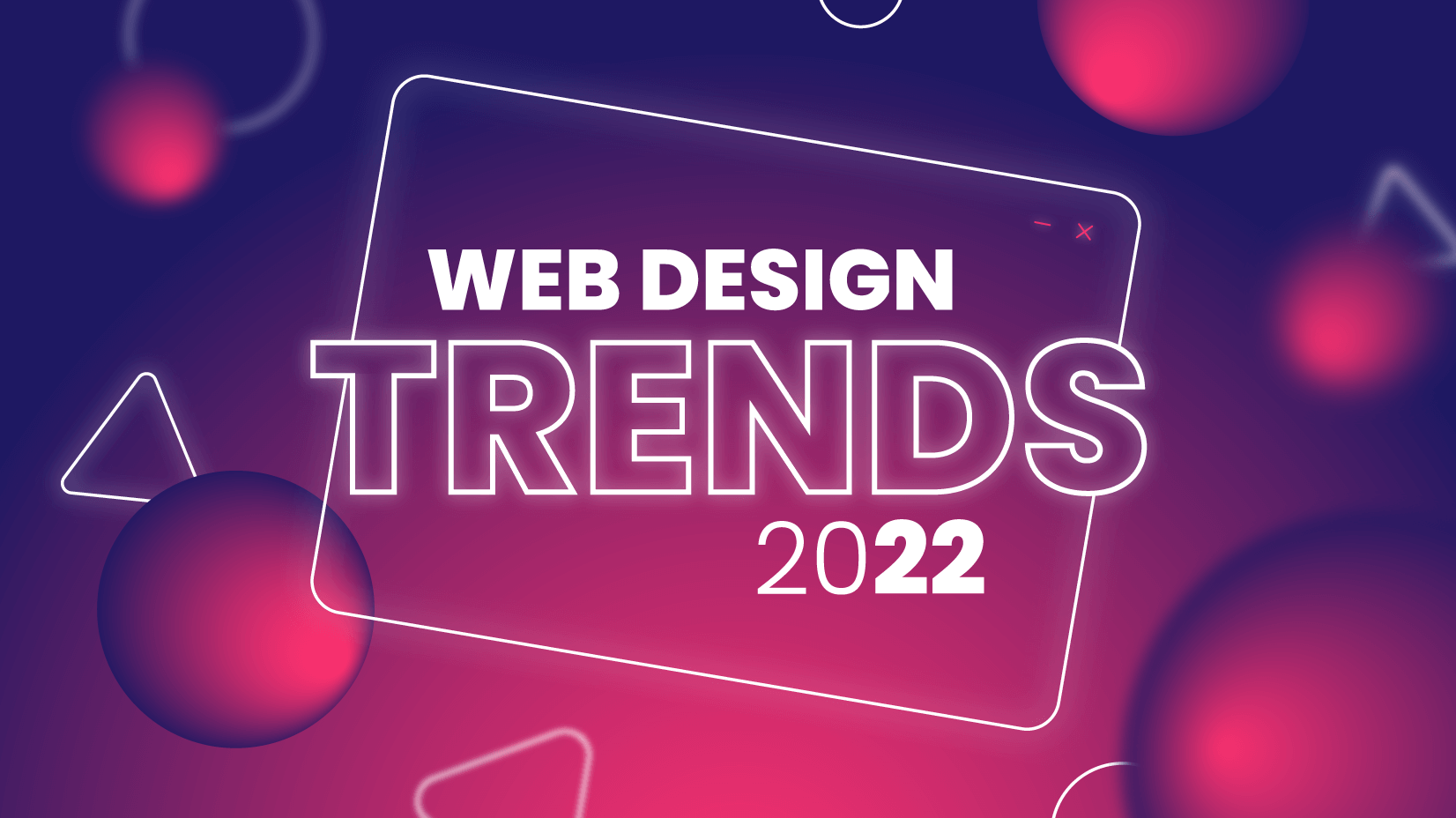All Categories
Featured
Table of Contents
- – 10 Principles Of Good Web Design - Smashing Ma...
- – 53 Web Design Tools To Help You Work Smarter ...
- – 10 Principles Of Good Web Design - Smashing M...
- – Why Web Design Is Dead - - Ux Magazine Tips a...
- – Web Design - Wikipedia Tips and Tricks:
- – Web Design Tutorials By Envato Tuts+ Tips and...
- – Web Design Studio & Digital Marketing Agency...
- – Website Design - Best Ecommerce Web Design B...
- – Web Design Tutorials By Envato Tuts+ Tips an...
- – Web Design Museum 1991 – 2006 Tips and Tricks:
- – 10 Principles Of Good Web Design - Smashing ...
10 Principles Of Good Web Design - Smashing Magazine Tips and Tricks:
Quick summary Usability and the energy, not the visual style, identify the success or failure of a site. Considering that the visitor of the page is the only individual who clicks the mouse and therefore chooses whatever, user-centric design has developed as a basic method for successful and profit-oriented web design - web design frederick md.
and the utility, not the visual style, identify the success or failure of a site. Considering that the visitor of the page is the only individual who clicks the mouse and for that reason decides everything, user-centric design has ended up being a basic method for effective and profit-oriented website design. If users can't use a feature, it might as well not exist.
g. where the search box should be placed) as it has currently been performed in a variety of short articles; instead we focus on the approaches which, utilized effectively, can result in more sophisticated style decisions and simplify the process of viewing presented information. Please discover that you may be thinking about the usability-related posts we've released prior to: Principles Of Great Site Design And Effective Website Design Standards, In order to utilize the concepts appropriately we initially need to comprehend how users connect with websites, how they believe and what are the fundamental patterns of users' habits.
53 Web Design Tools To Help You Work Smarter In 2022 Tips and Tricks:
Visitors glimpse at each new page, scan some of the text, and click on the first link that captures their interest or slightly resembles the thing they're searching for. There are large parts of the page they do not even look at. Many users look for something interesting (or beneficial) and clickable; as quickly as some appealing prospects are found, users click.
If a page offers users with high-quality content, they are prepared to jeopardize the material with advertisements and the design of the site. This is the reason that not-that-well-designed websites with high-quality content gain a lot of traffic over years. Material is more important than the design which supports it.

Users do not read, they scan. Notice how "hot" areas abrupt in the middle of sentences. This is normal for the scanning process. Extremely easy concept: If a website isn't able to fulfill users' expectations, then designer failed to get his job done appropriately and the business loses money. The higher is the cognitive load and the less instinctive is the navigation, the more prepared are users to leave the website and search for alternatives.
10 Principles Of Good Web Design - Smashing Magazine Tips and Tricks:
Neither do they scan website in a linear style, going sequentially from one site section to another one. Rather users satisfice; they select the very first sensible alternative. As soon as they discover a link that appears like it might lead to the objective, there is an excellent opportunity that it will be immediately clicked.
It doesn't matter to us if we comprehend how things work, as long as we can use them. If your audience is going to imitate you're developing signboard, then design fantastic signboards." Users want to have the ability to control their web browser and count on the constant information presentation throughout the website.
If the navigation and website architecture aren't instinctive, the variety of enigma grows and makes it harder for users to comprehend how the system works and how to obtain from point A to point B. A clear structure, moderate visual hints and easily identifiable links can assist users to find their path to their goal.
Why Web Design Is Dead - - Ux Magazine Tips and Tricks:

claims to be "beyond channels, beyond products, beyond distribution". What does it suggest? Given that users tend to explore sites according to the "F"-pattern, these three statements would be the first components users will see on the page once it is loaded. Although the style itself is easy and intuitive, to comprehend what the page has to do with the user requires to search for the answer.
When you've accomplished this, you can communicate why the system is useful and how users can benefit from it. Don't Waste Users' Persistence, In every job when you are going to provide your visitors some service or tool, try to keep your user requirements very little.
First-time visitors are willing to, not filling long web kinds for an account they may never utilize in the future. Let users explore the site and find your services without forcing them into sharing personal information. It's not sensible to require users to enter an email address to test the function.
Web Design - Wikipedia Tips and Tricks:
Stikkit is an ideal example for an easy to use service which requires almost nothing from the visitor which is inconspicuous and soothing. Which's what you want your users to feel on your website. Apparently, Termite requires more. The registration can be done in less than 30 seconds as the form has horizontal orientation, the user does not even require to scroll the page.
A user registration alone suffices of an obstacle to user navigation to reduce inbound traffic. 3. Handle To Focus Users' Attention, As websites provide both fixed and dynamic content, some aspects of the user interface attract attention more than others do. Obviously, images are more distinctive than the text simply as the sentences marked as strong are more appealing than plain text.
Focusing users' attention to particular locations of the website with a moderate use of visual components can assist your visitors to get from point A to point B without thinking of how it in fact is supposed to be done. The less enigma visitors have, the they have and the more trust they can develop towards the company the website represents.
Web Design Tutorials By Envato Tuts+ Tips and Tricks:
4. Pursue Feature Direct exposure, Modern web styles are typically slammed due to their technique of assisting users with visually appealing 1-2-3-done-steps, big buttons with visual effects etc. From the style point of view these elements really aren't a bad thing. On the contrary, such as they lead the visitors through the site material in a very basic and user-friendly way.
The site has 9 main navigation options which are visible at the very first glance. The choice of colors may be too light, though. is an essential concept of successful user interface design. It doesn't really matter how this is accomplished. What matters is that the material is well-understood and visitors feel comfortable with the way they connect with the system.
Rather a cost: just what visitors are looking for. An ideal solution for effective writing is touse short and succinct phrases (come to the point as rapidly as possible), usage scannable design (categorize the content, utilize multiple heading levels, use visual elements and bulleted lists which break the flow of consistent text blocks), use plain and unbiased language (a promo doesn't need to sound like advertisement; give your users some reasonable and objective factor why they need to use your service or stay on your website)6.
Web Design Studio & Digital Marketing Agency • Gravitate Tips and Tricks:
Users are seldom on a site to delight in the style; additionally, for the most part they are trying to find the details in spite of the style - web design frederick md. Aim for simpleness instead of intricacy. From the visitors' point of view, the very best website design is a pure text, with no ads or further material obstructs matching exactly the question visitors utilized or the content they have actually been looking for.
Finch clearly presents the details about the site and provides visitors an option of options without overcrowding them with unnecessary content. 7. Do not Hesitate Of The White Area, Really it's really tough to overestimate the importance of white area. Not just does it help to for the visitors, but it makes it possible to view the details provided on the screen.
Complex structures are more difficult to read, scan, evaluate and deal with. If you have the choice in between separating 2 style segments by a visible line or by some whitespace, it's typically better to use the whitespace service. (Simon's Law): the better you manage to provide users with a sense of visual hierarchy, the much easier your content will be to view.
Website Design - Best Ecommerce Web Design By Shopify Tips and Tricks:
The exact same conventions and guidelines ought to be used to all elements.: do the most with the least amount of hints and visual aspects. 4 major indicate be considered: simplicity, clarity, distinctiveness, and focus. Simpleness consists of just the elements that are essential for interaction. Clearness: all components must be designed so their significance is not uncertain.
Conventions Are Our Friends, Traditional design of website aspects doesn't result in a boring web website. It would be a functionality problem if all sites had various visual discussion of RSS-feeds.
comprehend what they're getting out of a site navigation, text structure, search placement etc. A case in point from use sessions is to translate the page in Japanese (presuming your web users do not know Japanese, e. g. with Babelfish) and offer your use testers with a task to discover something in the page of different language.
Web Design Tutorials By Envato Tuts+ Tips and Tricks:
Steve Krug recommends that it's better to, however make the most of conventions when you don't. 10. Test Early, Test Typically, This so-called TETO-principle ought to be applied to every website design job as functionality tests typically provide into significant problems and concerns connected to an offered layout. Test not far too late, not too little and not for the incorrect factors.
Some essential points to keep in mind: according to Steve Krug, and screening one user early in the job is much better than screening 50 near completion. Accoring to Boehm's first law, mistakes are most regular throughout requirements and style activities and are the more expensive the later they are gotten rid of.
That means that you design something, test it, repair it and after that test it again. There may be problems which haven't been found during the preliminary as users were virtually obstructed by other issues. usability tests. Either you'll be pointed to the problems you have or you'll be pointed to the absence of significant design defects which remains in both cases a beneficial insight for your job.
Web Design Museum 1991 – 2006 Tips and Tricks:

This holds for designers too. After you've worked on a site for few weeks, you can't observe it from a fresh point of view anymore. You understand how it is developed and therefore you understand precisely how it works you have the wisdom independent testers and visitors of your site would not have.
It can be linked to other areas such as graphic design, user experience, and multimedia arts, however is more appropriately seen from a technological viewpoint. It has become a big part of people's daily lives. It is hard to envision the Web without animated graphics, various designs of typography, background, videos and music.

During 1991 to 1993 the Internet was born. Text-only pages might be viewed using a simple line-mode internet browser. In 1993 Marc Andreessen and Eric Bina, developed the Mosaic internet browser. At the time there were several internet browsers, nevertheless the bulk of them were Unix-based and naturally text heavy. There had actually been no integrated technique to graphic design components such as images or sounds.
10 Principles Of Good Web Design - Smashing Magazine Tips and Tricks:
The W3C was developed in October 1994 to "lead the World Wide Web to its complete potential by developing typical procedures that promote its development and ensure its interoperability." This dissuaded any one business from monopolizing a propriety internet browser and programs language, which might have altered the result of the Web as a whole.
As this has actually happened the innovation of the web has actually likewise moved on. There have likewise been considerable modifications in the way people use and access the web, and this has actually changed how sites are developed.
Learn more about Lovell Media Group LLC or TrainACETable of Contents
- – 10 Principles Of Good Web Design - Smashing Ma...
- – 53 Web Design Tools To Help You Work Smarter ...
- – 10 Principles Of Good Web Design - Smashing M...
- – Why Web Design Is Dead - - Ux Magazine Tips a...
- – Web Design - Wikipedia Tips and Tricks:
- – Web Design Tutorials By Envato Tuts+ Tips and...
- – Web Design Studio & Digital Marketing Agency...
- – Website Design - Best Ecommerce Web Design B...
- – Web Design Tutorials By Envato Tuts+ Tips an...
- – Web Design Museum 1991 – 2006 Tips and Tricks:
- – 10 Principles Of Good Web Design - Smashing ...
Latest Posts
Html Responsive Web Design - W3schools Tips and Tricks:
Web Design Projects - Behance Tips and Tricks:
Mrw Web Design - Wordpress Websites For Nonprofits ... Tips and Tricks:
More
Latest Posts
Html Responsive Web Design - W3schools Tips and Tricks:
Web Design Projects - Behance Tips and Tricks:
Mrw Web Design - Wordpress Websites For Nonprofits ... Tips and Tricks: